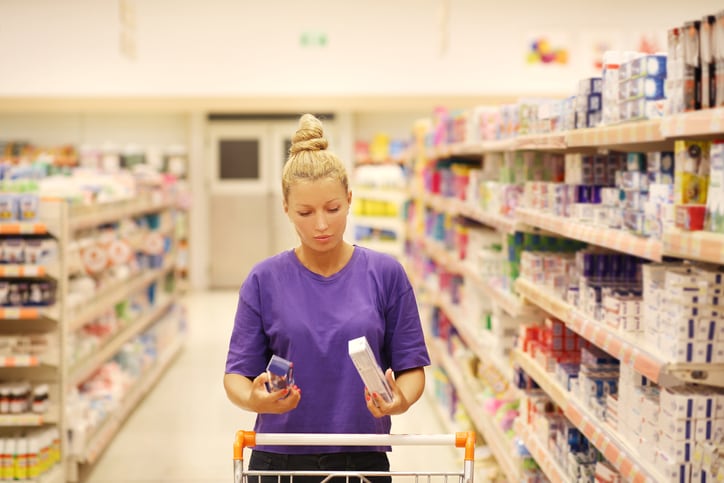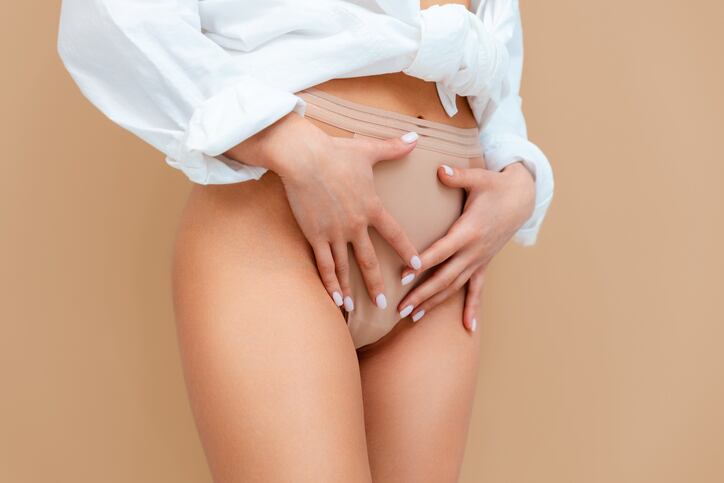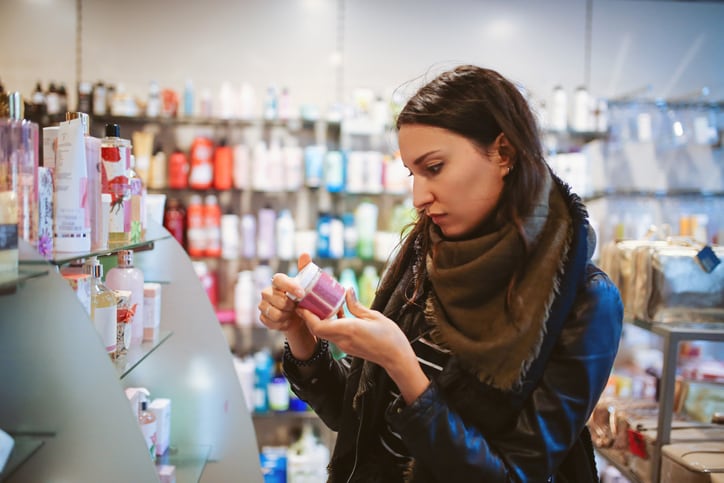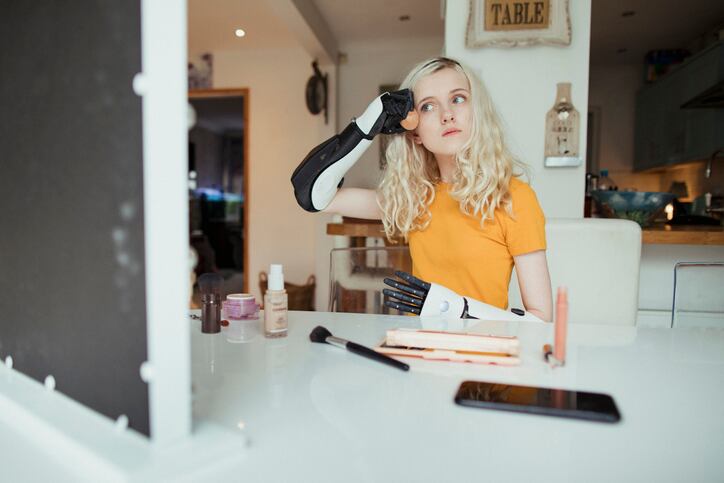Last month, Mintel revealed the rising influence of science in beauty, holistic self-care and greater fluidity between offline and online channels as three consumer trends set to impact the global personal care and beauty industry in 2023.
In an exclusive interview with CosmeticsDesign-Europe, Andrew McDougall, Mintel’s director of beauty and personal care research, shared his insights into how these trends would manifest next year and what opportunities they would bring to the beauty industry.
Trend #1 Beauty Rx: Consumers seek out science-backed products

Coined ‘Beauty Rx’, the first trend identified by Mintel was all about the rising influence of professionals and the democratization of science.
“The last two years have seen us return to the experts. As consumers, we value the expert opinion now more than ever and have more knowledge than ever before. That is not to say that consumers know everything about formulations, but they are more interested in what ingredients are in beauty products and why they are in there,” said McDougall.
In this context, he said science was set to play a bigger role in product marketing as consumers demanded proof behind the claims.
“Accessing information becomes more important for consumers. For brands the challenge is explaining what certain ingredients do.”
This current cost of living crisis was also fueling this trend, he said, as consumers sought value from their beauty purchases. “Value is really important right now and will be for the next couple of years. Brands will need to justify the value of products and that comes back to the substantiation and validation of claims. It’s what I call the ‘Ronseal effect’ - consumers want products that do what they say on the tin,” said McDougall.
Another aspect of the Beauty Rx trend was the “medicalization of beauty” - the consumer appetite for more efficient and potent products and at-home treatments was growing, he said. “Whether ‘tweakments’ such as botox and fillers or topical skin care products to manage a particular skin condition, there is greater acceptance among millennials and gen Z consumers for at-home treatments.”
Trend #2 Evolved self care: Breaking taboos

The stress of the pandemic, combined with lifestyle shifts, had led to consumers embracing more wellness and self-care rituals and products, according to Mintel. At the same time, the concept of community self-care was set to gain popularity as people recognized the importance of helping one another as a way to help everyone live better and feel better.
McDougall explained that this holistic approach to self-care and concept of community self-care had created a platform for addressing some of the health trends that had been building in the last four to five years, from mental health to sexual health, menopausal health and the microbiome.
In particular, he said that evolved self-care was opening the door for beauty brands to move into previously taboo areas such as intimate personal care and hormonal beauty.
“It’s about brands having an honest conversation with consumers, providing them with products that address their needs and looking at information and education,” said McDougall.
“People may not know about taking care of intimate regions, which has historically been limited to pH neutral washes. They have yet to discover that, just as we care for our face and body differently, we may need different products for intimate parts.”
He said there was some evidence of this trend starting to play out, citing the opening of TWO LIPS - a physical store dedicated to vulva care - in Singapore.
“I think for beauty brands there is an opportunity because it is about expanding into a category that people haven’t discussed too much or, when they do, they laugh about it. Many of the products are also quite gimmicky.”
But McDougall said he didn’t think that intimate personal care was a laughing matter - rather a market to be taken seriously. “Sexual health is a huge market and there is massive potential for beauty brands, whether through hair removal products, skin care or devices.”
The rise of the online community has also paved the way for this trend by giving people “keyboard confidence” to talk about embarrassing or taboo issues, according to McDougall. “Many people feel happier talking online or via Zoom,” he explained.
He said a similar wealth of opportunity existed in hormonal beauty, where, historically, there had been stigma around certain products such as caffeine shampoo and conditioner for hair loss prevention. “There is a real future for hormonal beauty, but rather than just using terms like ‘pregnancy’ and ‘hormonal’, brands needs to go a step further in saying what they can do, whether that is stopping hot flushes or secretion of excess oil in the hair,” said McDougall.
Trend #3 New rules of engagement: Applying online learnings in-store

There had been plenty of debate about how beauty brands could engage consumers in the future - online, offline, in the metaverse? Mintel’s view was that the physical and digital were both important in the beauty space and the future was going to involve adapting to a ‘mixed service’.
“The metaverse is interesting to look at but when thinking about engagement, brands can’t just look at online. …Because beauty is such a tactile industry, the sensory aspect is really important. People might know their soaps and washes and be happy buying those online because they are easy, but when it comes to fragrances and cosmetics, although consumers will do research online they still want to go into stores to discover products,” said McDougall.
“Before it was about thinking how to create a store online. Now we need to go the other way and think what the benefits of online shopping are and how we can bring those into the store,” he added.
For example, he said people shopped online because it was more convenient, therefore manufacturers and retailers might want to think about how they could make the in-store experience more convenient. Similarly, when shopping online, consumers could ‘filter’ their searches. “How do we make it easier for customers to filter what they are looking for in-store? Maybe stores need to change layouts and curate consumer journeys, rather than organizing products in categories? It’s about finding different ways to engage,” McDougall suggested.
How brands engaged and interacted with consumers had to be fluid in the new environment and would sometimes involve the merging of offline and online formats, he said. “Consumers might be in-store on their phones. It is interesting to look at how those two experiences converge.”
Technology was also set to allow for the replication of experiences across channels with simple approaches, according to Mintel.
Whilst everybody was talking about the metaverse, McDougall said he thought Augmented Reality (AR) and Virtual Reality (VR), as well as skin and hair analysis tools, would be most impactful in the next 12 months.
“In the imminent future, those technologies are more interesting because the metaverse is still quite conceptual - Mark Zuckerberg is still trying to figure out what he is going to do with it,” he said.




